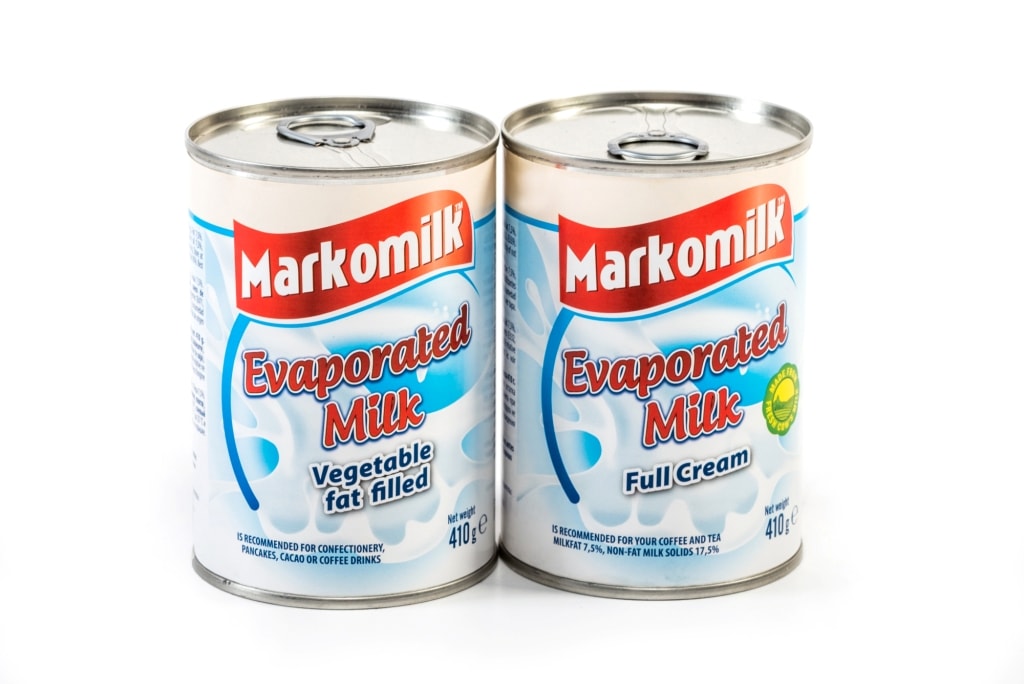Before a man’s sperm can fertilize a woman’s egg, the head of the sperm must attach to the outside of the egg, after this the sperm pushes through the outer layer to the inside of the egg and fertilization takes place. Sometimes, the sperm cannot penetrate the outer layer for a variety of reasons like the egg’s outer layer may be thick or hard to penetrate or the sperm may be unable to swim. In such cases, intracytoplasmic sperm injection (ICSI) can be done along with in-vitro fertilization (IVF) to help fertilize the egg.
In this article:
What is ICSI?
How it is Performed?
When is it Recommended?
How is Sperm Retrieved for Use in ICSI?
Health Concerns while Opting for ICSI
What is the Success Rate of ICSI?
What is the Difference Between ICSI and IVF?
A Guide for Intracytoplasmic Sperm Injection (ICSI)
What is ICSI?
Intracytoplasmic sperm injection (ICSI) is an in vitro fertilization (IVF) procedure in which a single sperm cell is made to inject directly into the cytoplasm of an egg which is further used in order to prepare the gametes for the obtention of embryos that may be transferred to a maternal uterus (womb).
How it is Performed?
There are two ways that an egg can be fertilized by IVF: traditional and ICSI. In ICSI process, the steps are as follows –
- The mature egg is held with a specialized micropipette.
- Then a very delicate, sharp and hollow needle is used to immobilize and pick up a single sperm.
- This needle is then carefully and properly inserted through the shell of the egg and into the cytoplasm of the egg.
- After this, the sperm is injected into the cytoplasm and the needle is carefully removed.
- At the end, eggs are checked the following day for evidence of normal fertilization.
Once all the steps of ICSI are completed properly and fertilization is successful, the embryo transfer procedure is used to physically place the embryo in the woman’s womb (uterus). Then it is a matter of observing for early pregnancy symptoms. The doctor may use a blood test or ultrasound to determine if implantation and pregnancy have occurred.
When is it Recommended?
ICSI helps to overcome fertility problems as follows –
- The male partner produces too few sperm to do artificial insemination (intrauterine insemination [IUI]) of IVF.
- The sperm may not move in a normal fashion and may have trouble attaching to the egg.
- A blockage in the male reproductive tract can keep sperm from getting out.
- When the eggs have not fertilized by traditional IVF, regardless of the condition of the sperm.
- In-vitro matured eggs are being used.
- Previously frozen eggs are being used.
How is Sperm Retrieved for Use in ICSI?
For men who have low sperm count or sperm with low mobility, the sperm may be collected through normal ejaculation and if the man has had a vasectomy, the microsurgical vasectomy reversal is considered the most cost-effective option for restoring fertility. Needle aspiration or microsurgical sperm retrieval are known to be good alternatives when a competent microsurgical vasectomy reversal has failed or when there is refusal for surgery by the men. Needle aspiration allows doctors to easily and quickly obtain adequate numbers of sperm for the ICSI procedure. A tiny needle is used to extract or take the sperm directly from the testis. Needle aspiration is a simple procedure performed under sedation with minimal discomfort, however, there is the potential for pain and swelling afterward. The sperm obtained from the testis is only appropriate when testicular sperm is not able to penetrate an egg by itself for ICSI procedures.
Health Concerns while Opting for ICSI
If a woman gets pregnant naturally, there is a 1.5% to 3% chance that the baby will have a major birth defect and the chance of birth defects associated with ICSI is similar to IVF but slightly higher than in natural conception and the slightly higher risk of birth defects may actually be due to infertility and not the treatments used to overcome the infertility.
Certain conditions have been associated with the use of ICSI like Beckwith-Wiedemann syndrome, Angelman syndrome, hypospadias or sex chromosome abnormalities. They are thought to occur in far less than 1% of children conceived by this technique.
Some of the problems that cause infertility may be because of genetic reasons for example, male children conceived with the use of ICSI may have the same infertility issues as their fathers.
What is the Success Rate of ICSI?
Chances of success vary between patients to patients, particularly according to the age of the woman but on average, about 25% of patients will have a baby after one attempt at ICSI.
ICSI fertilizes about 50% to 80% of eggs, but the following problems may occur during or after the ICSI process –
- Some of all of the eggs may be damaged
- The egg might not grow into an embryo even after the injection with the sperm
- The embryo may stop growing
After fertilization takes place, a couple’s chance of giving birth to a single baby, twins or triplets is the same if they have IVF with or without ICSI.
What is the Difference Between ICSI and IVF?
The steps followed before and after insemination are the same for both ICSI and IVF. In terms of insemination, ICSI needs one only sperm cell per oocyte whereas in IVF needs between 50 and 100 thousand. The acrosome reaction is skipped in ICSI and takes place in IVF.
Conclusion
It is seen that ICSI is very similar to conventional IVF in which the gametes are collected from each partner and the difference between the two procedures is the method of achieving fertilization.
Refrences
https://www.reproductivefacts.org/news-and-publications/patient-fact-sheets-and-booklets/documents/fact-sheets-and-info-booklets/what-is-intracytoplasmic-sperm-injection-icsi/













